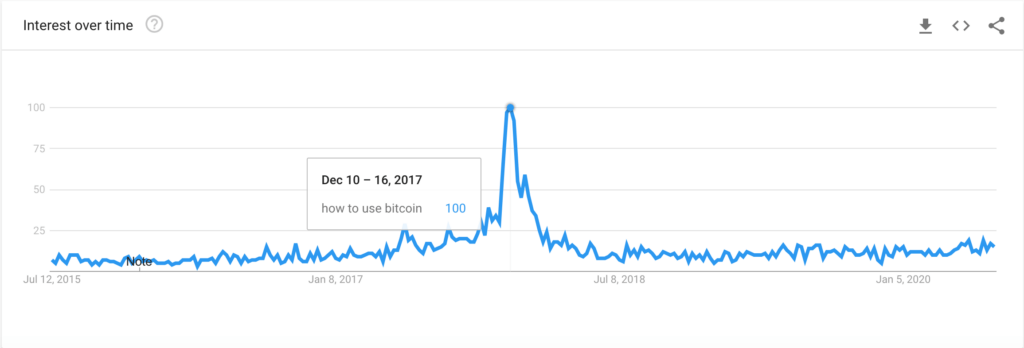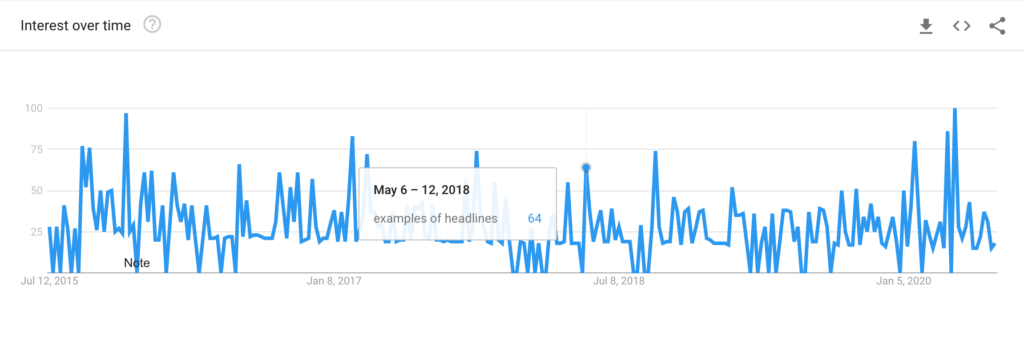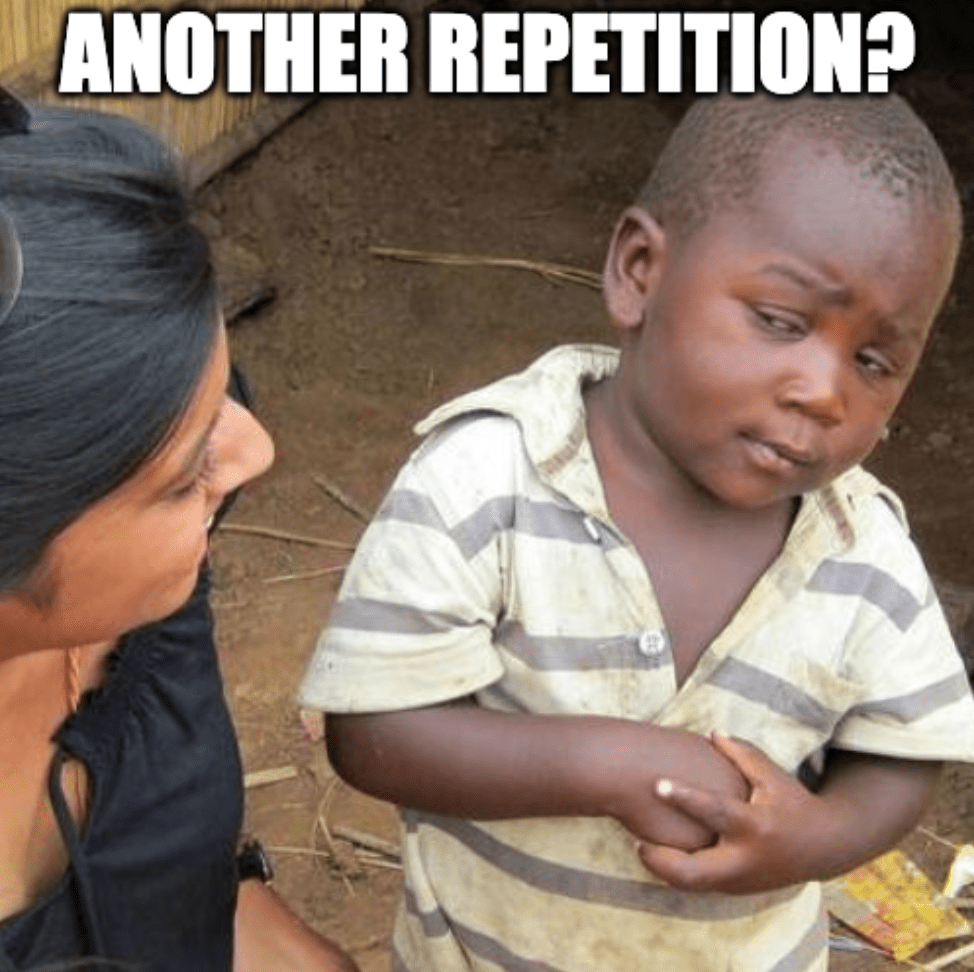Hey there! Have you ever asked yourselves what makes a good blog post? How to create content for a blog and what to put in it? I’m going to answer all these questions in this article by providing my custom blog writing tips.
Most of the content creators spend hours, days, and even weeks on constructing a good blog post for their business or personal blogs.
Sometimes additional time might help, sometimes not.

So, if you want to dive deeper than just spending extra time and effort on your blog writing, fasten your seatbelts and prepare yourselves for an exciting adventure through the world of tips on writing a blog.
1. Research is King. Spend time planning your blog post.
As all we know, before starting any work, it’s better to prepare yourself. For example, before climbing a mountain, people are usually starting from researching the hill, what are the best ways to start, what should you take with you, who is going to be with you, etc.
Exactly the same thing is with blogging. Before you start writing your first blog post, you should research to figure out who your audience is. And when you know your audience, it’s getting easier to figure out some working topic. You can also create a blog content plan to get rid of sleepless nights, figuring out the topic for your next blog post.
So now we only need to know the audience. It sounds simple, but the truth is that it is NOT.
For example, some people can write about pets, let’s say dogs, to cut the audience.
In such a case, the authors of this blog should guess that his/her primary audience is people who own dogs or who want to own one lovely doggy in the nearest future. But is this cut enough to understand who your audience is? Isn’t this audience too broad?
I believe that you should research some specific topics that will be interesting for some particular audience. This will help your article to get organic traffic from the very beginning and get feedback from your readers.
Things to write about in a blog
So, you can write an article about some more specific diet for dogs, or suggest some technical exercises for some particular dogs. Such articles will be interesting for a more accurate audience.
To find such specific topics, you can check through Q&A websites or forums. Such as Quora, Reddit, or some other niche-specific sites. People usually ask some critical questions there, and you will be able to give them an exact response and share your expertise in the blog post.
Furthermore, if you already have traffic and readers on your blog, why not write a listicle of your TOP food or, better, TOP diet food for forever hungry dogs.
Such an article will be interesting not only to your readers but to some companies seeking a promotion. So you can catch two things at once.

IMPORTANT (please do not forget to warn your audience if the article includes advertising).
And another important thing when choosing the topic:
The topic should not only be interesting for your readers. In my opinion, it should be firstly interesting to you as an author.
If you write about something you are not interested in, the reader will understand that.
Therefore, what makes a good blog is proper research before you started writing.
2. Outline ROCKS
In the modern world, where we read dozens of daily information, it’s getting harder and harder to find some tips on writing a blog.
But I think I can share another important hint on how to write an effective blog post.
Simply – plan the structure of your blog post.
Oh yeah, a well-structured skeletal outline is the key to success, no matter what type of blog you run.
How to create content for a blog?
There are plenty of different tactics of writing an outline you can find on the web. And in my opinion, there are no RIGHT and WRONG outlines to use. The thing is you should pick some that you think is suitable for you. Or invent your custom outline.
For example, you can see samples of blog outlines provided by Hubspot or Coschedule. Both of them are great, and many people are using them, even I did. Anyway, in my opinion, if you have a shorter outline, it is going to be easier to use your imagination when you start writing.

Still, it’s super subjective because many people need to have a super exact outline, and you will surely find some great examples of your own “best” outline.
My TOP 5 information to be included in the outline:
- Main questions I want to answer in the article (these questions will be used to create heading and subheadings)
- Keywords I want to use in the blog post with high volume and low volume;
- Real-life examples on the topic or/and my personal cases;
- I also write a short intro and a conclusion in my outline to help me with my body thoughts.
- A list of links to some great sources that I’ll be using as outbound sources from my post and why I want to use them.
Once again, it’s my personal super subjective outline sample that I’m using for 90% of my blog posts because I’m using my imagination when I’m writing. I do not like to have some strict plan to write down a blog as a robot (sorry to all my perfectionistic friends).
If you believe that this blog outline sample will be working for you, please use it 😉
3. Catchy Headlines
So, let’s move forward to another crucial part of any blog – TITLES.
Most expert editors and journalists will say loudly that the perfectly written title is 80% of the article’s success. And they are right.
The technique of catchy titles is being used for many years now. It grabs attention, motivates people to read the article, and increases clickbait – such a vital metric for all of us.
If you share your article somewhere, don’t you want people to click on it and read it? That’s where the catchy title comes to town.
You can check this excellent research on the technology of writing catchy headlines.
Below, I have collected my favorite examples of working titles:
“The Company X Just Released Its XYZ Investigation — And What They Found Was Horrifying”
This title is playing with a scary tactic technology, that should grab attention and increase clickbait.
“Make One Million Dollars in One Day”
Such a popular, overwritten, still working title. Please tell me, who reads this?
“10/20/30/100500 Different Types of Girlfriends – Which One Are You?”
Such a title will encourage people to take quizzes in magazines or take some specific tests. So it’s a motivating title.
“Such a Little Mistake That Cost a Marketers of a company X $18,000 a Month”
Sounds interesting? Isn’t it? I would have read this one.
“How To Write Award Winning Blog Headlines”
That could be the headline of my article about writing catchy headlines. But I still have a question in my mind, are there any awards for writing headlines? Isn’t it very subtle humor used in a blog headline? 😉
I am also sharing a great short video guide completed by Neil Patel where he shares his ideas on using catchy blog titles.
4. The Mix of Subheadings and Shorter Paragraphs
Time is critical. Therefore people spend less and less time reading lousy content. How can we understand that the content is bad or out of the topic? We can scan through the text.
I know from my personal experience that there are many people who scan articles before start reading them. Yes, I’m one of them, and you are reading now and understand that you are also one of us. Am I right?
So, if we are talking about blog post tips, a great selection and combination of subheadings and short paragraphs can help you grab attention and catch this running somewhere reader.
Tips for writing a blog post
Headings and subheadings should describe all the crucial info from the blog post. By checking them, your reader should stick and want to read more. Yes, sometimes it’s hard, but the result is worth it.
Many companies use super short paragraphs (2-3 lines) and say that it works. I believe that it works.
According to the research completed by PlainLanguage.gov, long paragraphs discourage users from even trying to understand your material. Short paragraphs are easier to read and understand.
Writing experts recommend paragraphs of no more than 150 words in three to eight sentences. Paragraphs should never be longer than 250 words. Vary the lengths of your paragraphs to make them more interesting. As with sentence length, if all paragraphs are the same size your writing will be choppy.
They also share a great example of breaking a full text into 2 paragraphs that helps a reader to understand the message by parts.

But if you want to explain some critical issues and understand that breaking the paragraph will kill your thoughts, you better not cut it.
In my opinion, 3-6 lines are the best option as it works both for the reader and Google (but we will talk about SEO later in this article).
5. Add Images / Statistics / Videos / Memes / GIFs
We all search for what to put in a blog. And sometimes we might not find any extra information on a particular topic. So what to do?
It’s time to add some visuals to your content. It can be some simple sheets with data or specific statistics made professionally by a designer. You can even add a professional infographic to your blog post. All these depend on your budget and/or skills.
Statistics help to grab the attention of a reader and make your blog post visually esthetical. You can add a statistics hook in your writing to engage your readers.

Important, if you use some third-party statistics or images, do not forget to refer to the primary source.
You can also use images. Internet users are very pampered these days. They have already gotten used to everything usual. People watch and read too many texts on a daily basis. Therefore, if you want to catch your reader, you better use some fantastic pictures or images.
Such images can be found on free platforms or paid sites. I am mostly using the Unsplash website, as you can see from the sources of the pictures in my articles. It’s up to you to choose your preferred option, as the most important is the images, not the source.
You can also use some videos that can potentially help your reader to get better ideas on the topic of your articles. Taking into account that you can simply use an embed code or even a link and drag the video from youtube or other platforms directly to your blog post.
Also, if you have young readers, do not hesitate to use viral Memes or GIFs. For memes, I’m using the IMGFlip website and for GIFs, I’m using Giphy.com.
Usage of such type of content will help your blog to be closer to your readers, and they will understand that you are one of them.
Even in case some of your readers won’t understand your humor, there is nothing terrible about it. There always will be haters and fans.
6. Your content should be optimized for Search Engines (on-page SEO)
Now you know some general blog writing tips. You know what to write about in your blog post. Your initial plan is ready and you are working on an awesome writing peace. What’s next? What are some other things you should know?
What makes a good blog post?
One of the most important things for any blogger is to prepare a blog post for SEO. So what to put in a blog to make it SEO friendly?
There are numerous different posts on this topic you can stumble upon on the web. So, I’ve created a shortlist of the most important things to consider.
My personal shortlist to make a SEO friendly blog post:
- Use an appropriate meta title;
- Use an appropriate meta description;
- Optimize your blog for the main keywords;
- Add different longtail keywords coming from your main keywords;
- Use alt-text to your images / memes / GIFs;
- Links to your other content on the blog;
- Link to outbound sources;
- Do not forget to mention the name of the author of the blog post.
Please make sure you do not prioritize SEO over user experience. Otherwise, you will not use this blog writing tip accordingly. There should be a balance of both.
And never listen to anyone who says that you need to focus on your content only, ignoring SEO. They just do not want you to succeed.
For more information on SEO optimization, you can check this article.
7. Top Trends (Google Trends)
If you write about some seasonal topics, do not forget to check Google Trends.
For example, some topics are accessible in a particular timeframe. And people do not search a lot about this topic currently.
Let’s say you want to write a blog post on “How to use Bitcoin” you know that it is a popular question with a high volume of searches. But some fewer people understand that this volume is mean. And nowadays it might be less attractive than it was some years ago.

As you can see, this topic would have been a great choice in the years 2017-2018, but it currently has less interest from potential readers.
When some other topics might have the same popularity with no meaning of time.

From the second screenshot, we can find that there are other topics that will always be interesting for a reader.
This Trends trick can also be used if you want to check whether the topic of your article has any current trends. For example, if you have a news blog, you can “get hype” from some current info line.
Unfortunately, GoogleTrends will only show trends for some high-volume searches, and if you have some niche-specific topic, you might not find any patterns.
MY PERSONAL TOP HINT!
8. Do not be afraid to share your personal stories and experience
Oh yeah, that’s my favorite part.
I strongly believe, that if you started writing a personal blog, or running a business blog in some niche, you SHOULD have personal experience in this particular field.
Why not share your personal life examples with a reader?
I’m a big fan of sharing my ideas in each article I’m writing because it makes my blog posts personal.
Your personal background and experience – this what make your blog post different from all the hundreds of others.
N.B. Yes, there might be a situation, when you write about something you are not experienced in. Maybe you hired someone to write your backstory for you? Now you figured out that according to the backstory, you are a master in comedy, but the truth is that you never even tried to make a joke.
In such a case, you can share some real-life examples, the ones that you like. Something that you heard about or saw in a movie. Why not? It’s still your personally reached and selected stories.
Try to use this hint, and I promise you will get better feedback from your readers 😉
9. Avoid Repetitions
Please, please, please, do not repeat, do not repeat, do not repeat the same things in different parts of your article. In the same parts, you should avoid repetitions too 😉
Sometimes you write about something and some idea comes to your mind. At that very moment, you feel like its a good time and place to write it down. Then you continue writing and accidentally repeating the same idea in the final part but in a different way.
I guess you feel like it suits both parts where it was written, but your reader DO NOT.

Yes, it’s my personal Achilles’ heel. Sometimes I can repeat the same and the same ideas several times through the blog. And I can’t figure out these repetitions.
That’s when I ask someone to read my article and tell me what he/she thinks. And in most cases, if you have such repetitions, third party readers will find them and let you know.
Therefore, do not be afraid to give your final draft for a proofread before posting it online.
Conclusion:
Your blog is your blog, and no one can tell you how you should write and what you need to put in a blog. Only you can figure out what makes your blog post perfect.
Still, there are some general blog writing tips that every author can follow to speed up the process of getting traffic and increase the interest and loyalty of your readers.
Dear reader, I hope you liked the ideas I shared within this article and I hope that you can use at least one of the blog writing tips, and it will help you with your next blog post.
Good luck with your writing gig, colleague 😉
- How to Use AI to Write Blog Posts?Harnessing AI to write blog posts can significantly streamline content creation, enhancing efficiency and consistency across articles. By using AI tools, bloggers can generate initial drafts, refine content for SEO, and maintain a consistent publishing schedule, effectively boosting engagement and search engine visibility.
- How to Write a Blog Post Quickly? This is the Question!Writing a blog post quickly is all about using effective strategies. By organizing your thoughts, setting clear goals, and utilizing helpful tools, you can produce high-quality content efficiently. If you need assistance with content writing, reach out via the contact form on this website.
- Scouting Talent: My Two Cents on Where to Find Stellar Blog Writers!Unravel the mystery of finding the perfect blog writer for your needs with our comprehensive guide. Explore top platforms for hiring freelance writers and learn from the pros about their best practices. Plus, gain insight into the world of blog writing, costs, and why you might consider hiring a professional team.
- Where To Find Free Images For Your Blog: 10 Best WebsitesAre you searching for ways to add visually-appealing images to your blog without breaking the bank on expensive stock photos? Our article offers a detailed list of websites where you can find top-quality images for free, as well as valuable advice on how to select and incorporate them into your blog content. Whether you need striking nature photos or authentic human portraits, we’ve got you covered. Start crafting captivating blog posts today!
- Content is King, But Editing is the Crown: Why Marketers Need Copy Editors?In the fast-paced world of marketing, producing high-quality content quickly is a must. But in the rush to get content out the door, mistakes can happen. That’s where copy editors come in. By reviewing and revising content, they ensure that it is accurate, engaging, and on-brand. In this article, we explore why copy editors are essential for marketers, and how they can help improve the quality and effectiveness of your written content.
